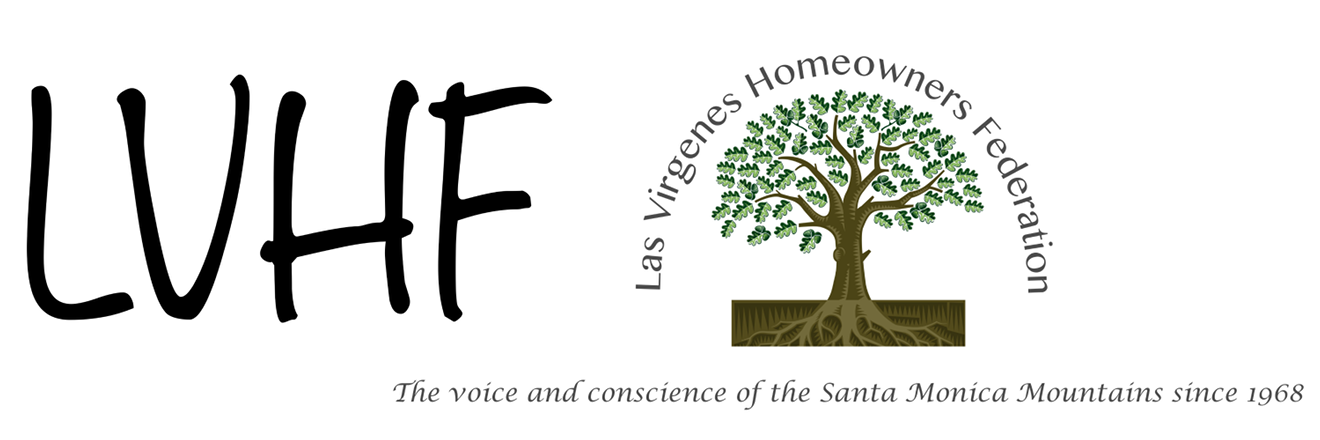The California Fish and Game Commission removed Dan Richards as its president last night, months after he came under fire for killing a mountain lion in Idaho. They voted unanimously to replace Richards with Commissioner Jim Kellogg, who will now serve as president.
Richards was appointed in 2008 by then-Gov. Arnold Schwarzenegger and his term ends in January 2013. He will not likely be re-appointed by current Governor Jerry Brown.
Environmentalists and most Californians (except hunting groups) demanded his ouster after Richards posed for an outdoors magazine with a dead mountain lion he had slain on a hunting trip in Idaho. Hunting mountain lions is banned in California but is legal in Idaho and other states.
Critics, including animal welfare groups, said the commission chief should uphold the values of the state of California that he represents.
Richards’ hunting trip/lodge was also a freebie. He didn’t pay the $7,000 tab until an ethics complaint was filed against him.
After the controversy, the commission changed rules that give the presidency to the most senior member of the panel and instead chose to have the president selected by majority vote.
The Fish and Game Commission is comprised of five members – President Jim Kellogg, Vice President Michael Sutton, Richard B. Rogers, Jack Baylis and Dan Richards who are all appointed by the Governor and confirmed by the Senate.
Many Californians are not fully aware of the identity, function or responsibilities of the California Fish and Game Commission, and consider it synonymous with the California Department of Fish and Game. Actually, the Commission is a separate entity that has been involved in the management and wise use of California’s fish and wildlife resources since 1870.
The Commissioners are not full-time State employees, but individuals involved in private enterprise with expertise in various wildlife-related fields. They have a staff of eight employees, which handle day-to-day administrative activities. The Commission meets at least eleven times each year to publicly discuss various proposed regulations, permits, licenses, management policies and other subjects within its areas of responsibility. It also holds a variety of special meetings to obtain public input on items of a more localized nature, requests for use permits on certain streams or establishment of new ecological reserves.

